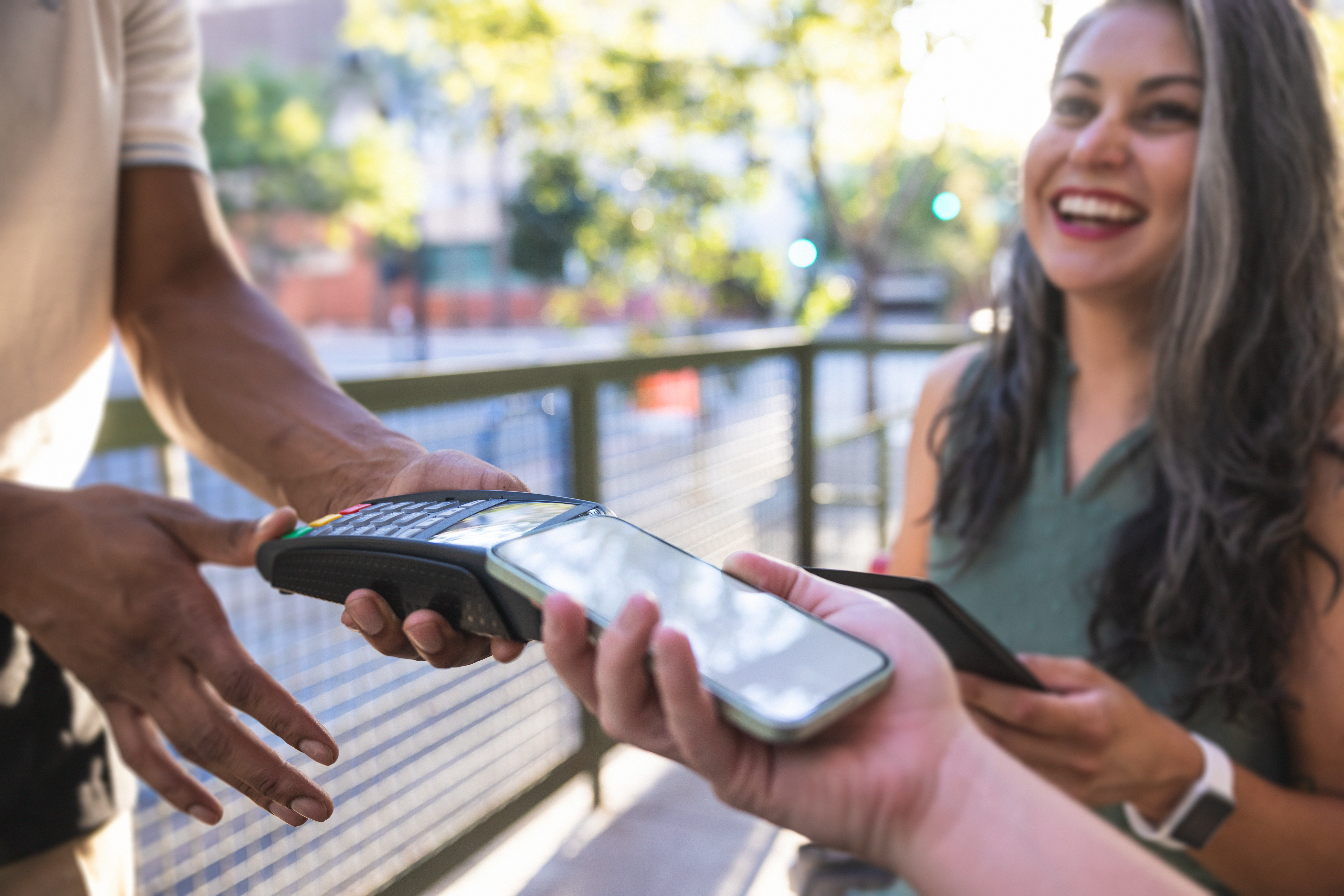AARP Hearing Center

Many of us have used a peer-to-peer (P2P) payment app to split a bill or send money to a friend, and some people even use them for traditional shopping. However, there are inherent risks that exist on these payment apps that everyone should know about.
First and foremost, because they’re as fast and convenient for criminals, as they are for consumers, P2P apps—like Zelle, Venmo and Cash App—are favorite tools for modern-day scammers. It’s also important to know that, even though they may be associated with your bank account, no fraud protections exist on P2P apps. Once you press send it's virtually impossible to get your money back.
Impersonation scams: Criminals often persuade victims to send money by pretending to be someone they’re not. Thanks to artificial intelligence (AI)—with which scammers can clone real voices and faces—impostor scams are becoming even more common and more difficult to detect.
Fake seller scams: Criminals on Facebook Marketplace or another online platform advertise a fake product or service, collect your money upfront, then disappear without delivering the goods.
Advance-fee scams: They’re in trouble and need your help. In exchange for assistance, they promise a hefty reward once they retrieve their fortune.
Phishing scams: Phishers want you to click a link that allows them to install malware on your device or to record your Zelle or Venmo (or other app) credentials, which they can use to access your bank account. A common scenario, especially during the holidays, are delivery-related scams, often in the form of a “missing package” text that claims you have a lost package you can retrieve by clicking a link.
What to do if you are a victim of a p2pbased scam:
- Lock down your financial profile by asking the three major credit bureaus to freeze your credit.
- Notify your bank or credit union by setting up alerts. If you’re using a P2P service from them, contact the customer service support number on the back of your debit card.
- File a police report.
- Contact the app directly through its website to reach customer service. Do not use a general search, as you may get a fake website in your search results.
- Notify the Federal Trade Commission at ReportFraud.ftc.gov.
The keys to staying safe when sending money this way is to avoid out of the blue requests for money and make sure you know the person on the other end. Think of P2P apps as cash. Before you hand over cash that you will never get back, you always want to know exactly who you are giving it to.
Be a fraud fighter! If you can spot a scam, you can stop a scam.
Report scams to local law enforcement. For help from AARP, call 1-877-908-3360 or visit the AARP Fraud Watch Network.































































